The STNC solenoid valve is a precision-engineered component designed to manage the flow of fluids in a myriad of industrial applications. These valves are integral to systems that require the controlled movement of liquids or gases and are valued for their reliability and efficiency.
Types and Characteristics of STNC Solenoid Valves
STNC solenoid valves come in various types, each tailored for specific applications. The TG2321-08 model, for instance, is designed for light-duty applications with moderate flow rates, while the TG2531-10 is suited for more demanding environments, offering higher flow rates and durability. The TG3522-08C is a compact variant, ideal for space-constrained applications, and the TG2541-15 is known for its extended lifespan in high-cycle applications. Each type presents unique characteristics such as response time, pressure handling, and power consumption, providing businesses with a range of options to match their specific operational needs.
Structure and Operation of STNC Solenoid Valves
The structure of an STNC solenoid valve is a marvel of engineering, comprising several key components. At its heart lies the solenoid coil, which is the actuating element. When energized, it creates a magnetic field, pulling the plunger and overcoming the spring's resistance to either open or close the valve. The body of the valve, typically made of robust materials like stainless steel, houses the internal components and ensures the integrity of the fluid path. The orifice within the valve body is another critical component, as it regulates the flow rate when the valve is activated. The precise interaction between these components is what allows the STNC valve to perform its function with high reliability.
Materials and Their Properties
The choice of materials for STNC solenoid valves is crucial for their performance and longevity. High-grade metals are used for their resistance to corrosion and their structural integrity. The solenoid coil often incorporates copper wiring for its excellent electrical conductivity. The valve body and internal components might use stainless steel or brass, chosen for their durability and compatibility with a wide range of media. Seals and diaphragms are typically made from elastomers like NBR or Viton, selected for their chemical resistance and resilience at normal temperatures.
Business Usages and Applications
STNC solenoid valves are pivotal in industries such as water treatment, chemical processing, and manufacturing. In water treatment plants, for example, they control the flow of water for filtration and disinfection processes. In the manufacturing sector, they are used in automated assembly lines to control pneumatic and hydraulic systems. The reliability of models like the TG2531-10 ensures consistent operation, which is critical for maintaining productivity and safety in these settings. By providing precise control over fluid dynamics, these valves create business value by enhancing process efficiency and reducing downtime.
Functions and Tasks
The primary function of an STNC solenoid valve is to control the flow of fluids. They can start or stop the flow, release pressure, or mix and distribute fluids. Specific tasks might include regulating the flow of coolant in a machinery system or managing the supply of compressed air in pneumatic tools. The versatility of these valves means they can be integrated into complex systems to perform a variety of tasks automatically and with great precision.
Features and Unique Selling Points
One of the distinct features of the STNC solenoid valve is its fast response time, which is critical in systems that require quick actuation. Another is the low power consumption, which makes them cost-effective for continuous operation. The TG2541-15, for instance, boasts a low-wear design, translating to fewer replacements and maintenance interventions. These unique selling points set STNC valves apart in a competitive market, offering tangible benefits to users.
Benefits and Positive Outcomes
The benefits of using an STNC solenoid valve are manifold. They offer precise control over fluid flow, which can lead to improved efficiency and safety in industrial processes. The durability of these valves means less frequent maintenance and lower long-term costs. Additionally, the adaptability of models like the TG3522-08C allows for their use in a variety of settings, from simple water dispensing systems to complex automation setups.
How to Use and Operate
Operating an STNC solenoid valve involves providing the correct voltage to the solenoid coil and ensuring that the media being controlled is compatible with the valve's materials. For effective operation, it is essential to follow the manufacturer's guidelines on voltage and operational parameters. When selecting the right model, such as the TG2321-08, factors like the type of fluid, pressure, temperature, and required flow rate must be considered. Cleaning and maintenance should be performed regularly, with particular attention to the solenoid coil and valve orifices to prevent blockages or malfunctions.
Installation Guidelines
Installing an STNC solenoid valve requires careful attention to detail. The valve must be oriented in the correct direction of flow, as indicated by the flow direction arrow on the valve body. It is also important to ensure that the valve is accessible for maintenance and that there is no stress on the piping connections. Following the correct installation procedures will ensure that the valve operates as intended and will extend its service life.
Target Audience and Meeting Needs
The target audience for STNC solenoid valves includes mechanical engineers, maintenance technicians, and system integrators who require reliable components for fluid control systems. These valves cater to the needs of professionals in industries such as automation, manufacturing, and environmental management. By offering a range of models with different specifications, STNC meets the diverse requirements of its users, ensuring that there is a valve suitable for every application.
How does an STNC solenoid valve function?
An STNC solenoid valve functions by converting electrical energy into mechanical energy. This process involves the solenoid, an electromagnetic part of the valve, which when energized, creates a magnetic field that pulls a plunger to change the valve's state. The precise operation of models like the TG2531-10 ensures effective control of fluid dynamics in industrial systems.
What are the key considerations when installing an STNC solenoid valve?
When installing an STNC solenoid valve, key considerations include ensuring the valve is compatible with the system's pressure and temperature requirements, and that it is oriented correctly according to the flow direction. Proper installation of models such as the TG2321-08 is critical for system safety and efficiency.
What maintenance protocols should be followed for STNC solenoid valves?
Maintenance protocols for STNC solenoid valves should include regular testing of the solenoid coil, inspection of seals and diaphragms, and cleaning of any debris that may affect the valve's operation. Adhering to a maintenance schedule can prevent operational downtime and extend the service life of the valve, particularly for models like the TG2541-15.







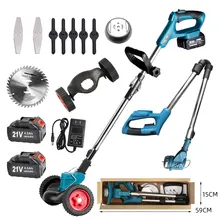




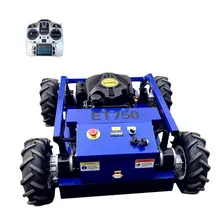
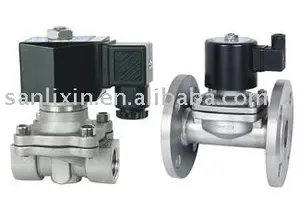

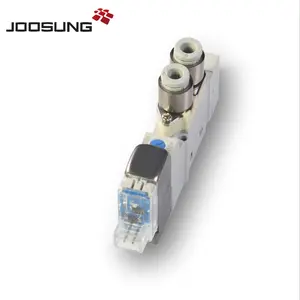
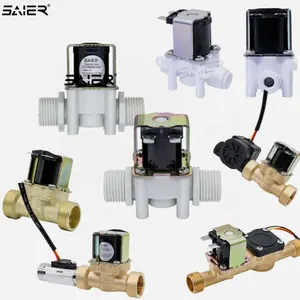

























 浙公网安备 33010002000092号
浙公网安备 33010002000092号 浙B2-20120091-4
浙B2-20120091-4